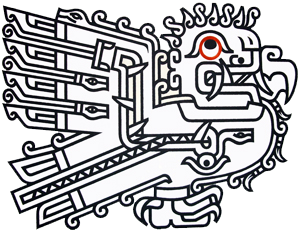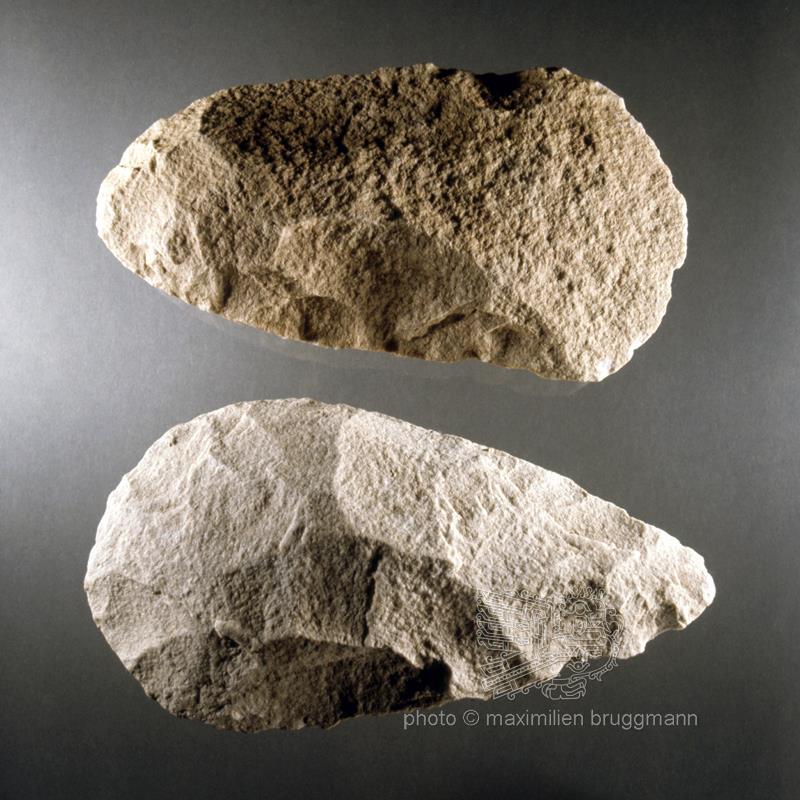Description
These very old tools come from Oldoway (Kenya). They were embedded in a volcanic tuff at the base of the famous bowl to which L. S. B. Leakey has attached his name. Their value comes from their stratigraphic position which allows them to be dated. Although identical tools exist in various places in the Sahara, they have not yet been dated. Moreover, the acidic nature of the soil rarely allowed a human skeleton to be preserved. However, the French scientist Y. Coppens discovered the first very ancient remains in Chad, which suggest that this gap is due more to the absence of serious excavations than to the absolute lack of documents that alone allow us to reconstruct humanity's past: stone tools and the bone remains of the men who made them. As far as we know, the oldest known tool is between 2 160 000 and 2 120 000 years old.





